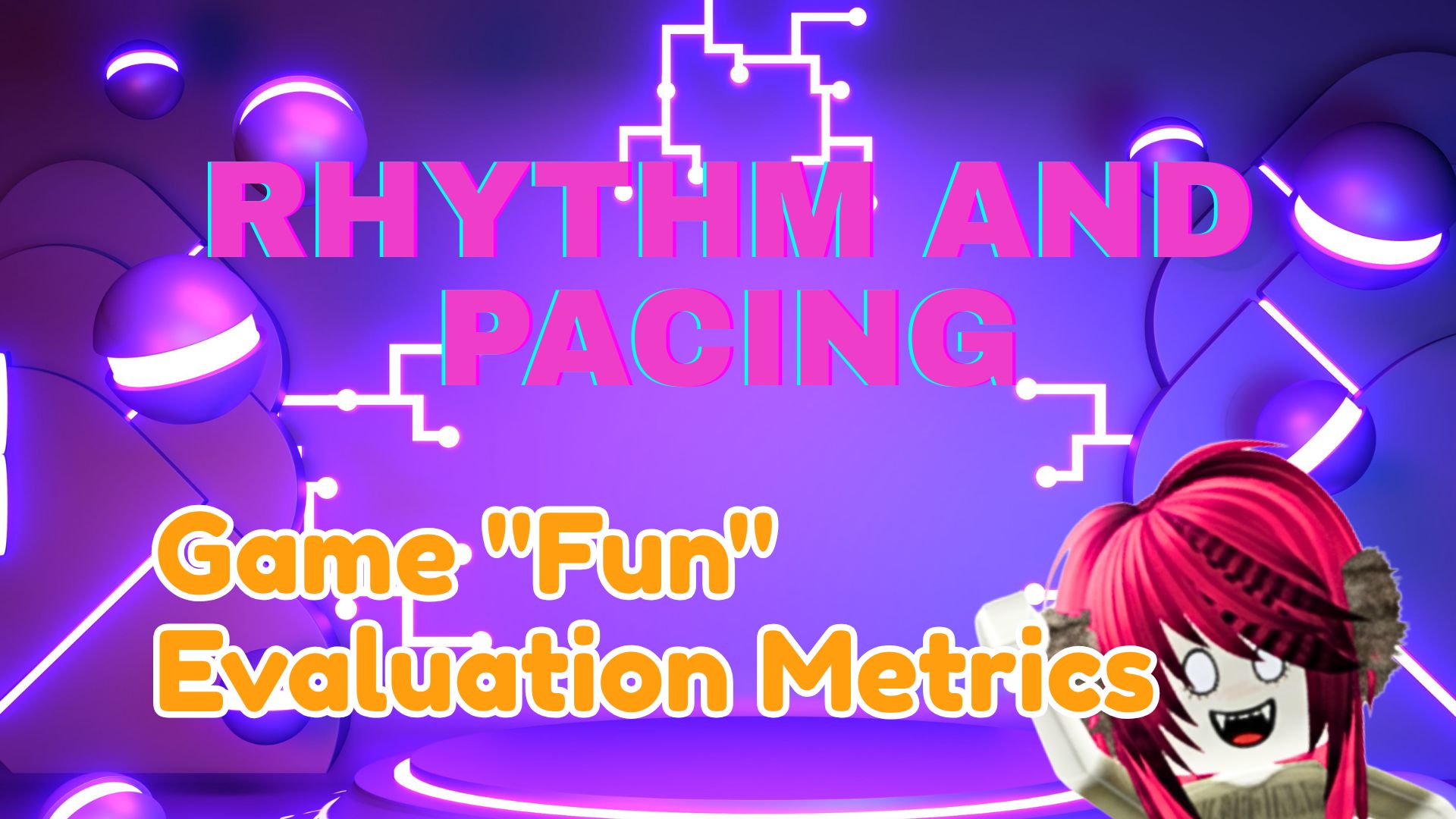
Key Points
- 🎵 Music theory's "tension and resolution" applied to game design
- ⏱️ "3-2-4-2" golden pattern increases play time by 2.5x
- 🧠 Cognitive load theory: Achievement every 7 minutes is crucial
- 💓 Managing the balance of adrenaline and cortisol
How did you find our previous article about "Difficulty Progression"? We explained the importance of flow theory and wave patterns. This is the second article in our Game "Fun" Evaluation Metrics series: "Rhythm and Pacing." Why are games designed like music? "Just one more try..." and suddenly two hours have passed. There's a scientific reason for this phenomenon. Let's uncover the secrets of game design born from music theory.
Introduction: Why "Just One More" Becomes Two Hours
The phenomenon where players become absorbed in games and lose track of time isn't coincidental—it's the result of scientific design applying music theory. The principle of "tension and resolution" born from classical composition techniques has revolutionized modern game design.
📊 Evaluating Rhythm and Pacing
What We Evaluate
Whether the temporal flow of play experience and emotional ups and downs are properly designed
🔍 Specific Measurement Items
- Tension and Relief Cycles
- The rhythm of difficult → safe → more difficult
- Rest Point Placement
- Whether there are safe zones to "catch your breath" at regular intervals
- Tempo Change Rate
- Measuring density changes in action requirements
💡 Why This Creates Fun
Like music, the repetition of tension and release creates emotional satisfaction. Constant tension leads to fatigue, while constant safety leads to boredom.
🎵 From Music Theory to Games (1990s~)
The Principle of Tension and Release
- Originally a concept from music theory
- Classical composition technique: Dissonance → consonance creates emotional catharsis
- Game designers realized "We can use this!"
Larche & Dixon's (2020) Groundbreaking Research
"The relationship between the skill-challenge balance, game expertise, flow"
Research Background
- Subject: Complex mobile games (Candy Crush type)
- Question: "Why do people keep playing for hours?"
Experimental Method
- Measured player pupil dilation (excitement indicator)
- Recorded heart rate variability
- Measured frequency of pressing "play again" button
Key Findings
- Constant difficulty: Flow state collapses after 20 minutes
- Random difficulty: Players confused, early dropout
- Rhythmic changes: Average 2.5x longer play sessions
Pedersen et al.'s (2009) Direction Change Discovery
"Optimization of Platform Game Levels for Player Experience"
The "Direction Change" Metric
- Analyzed frequency of Mario moving left or right
- Simply moving right vs. going back and forth
Experimental Results
- Unidirectional movement: High boredom score
- Too frequent direction changes: Increased frustration
- Moderate direction changes (about once per 30 seconds): Maximized fun
Why It's Effective
- Spatial changes create cognitive refresh
- "Going back" emphasizes achievement (realizing how far you've come)
Physiological Basis of Pacing (2015~)
Cognitive Load Theory
- Human working memory has limits (7±2 chunks)
- Processing capacity decreases under sustained high load
Adrenaline and Cortisol Cycles
- Adrenaline
- Short-term excitement (Fun!)
- Cortisol
- Stress hormone (Tiring...)
Appropriate breaks reset cortisol
Implementation Analysis in Actual Games
Celeste (2018)
- A-Side: Basic rhythm (challenge → success → rest)
- B-Side: For advanced players (fewer breaks)
- Chapter structure: Introduction (easy) → Development (medium) → Climax (hard) → Resolution (reward)
Hollow Knight (2017)
- Bench (save point) placement: Like "rests in music"
- Quiet areas before boss battles: Building tension
Mobile Game-Specific Discoveries (2020~)
Session Design
- 7-minute rule: Dropout rate increases without major achievement every 7 minutes
- 15-minute cycle: Designed for commute times
Frequently Asked Questions (FAQ)
Why are rhythm and pacing important in games?
Like music, the repetition of tension and release creates emotional satisfaction. Research shows that constant difficulty causes flow state to collapse after 20 minutes, but rhythmic changes extend play sessions by an average of 2.5 times.
What is the golden pattern in games?
The "3-2-4-2" pattern is considered most effective. The cycle of 3 minutes challenge → 2 minutes success → 4 minutes bigger challenge → 2 minutes reward maintains the balance between player excitement and rest.
How does cognitive load theory relate to game design?
Human working memory has limits (7±2 chunks), and processing capacity decreases under sustained high load. Placing appropriate rest points resets cortisol (stress hormone) and enables comfortable long-term play.
Summary
In this article, we explored "Rhythm and Pacing," a crucial element that creates game "fun," through the lens of music theory and the latest research. The discovery that the "3-2-4-2" golden pattern can extend play sessions by 2.5 times, compared to constant difficulty that causes players to lose interest after just 20 minutes, demonstrates the importance of a scientific approach to game design.
Key Takeaways:
- Tension and release cycles create emotional satisfaction, just like in music
- The "3-2-4-2" pattern (3 min challenge → 2 min success → 4 min bigger challenge → 2 min reward) is optimal
- Direction changes approximately every 30 seconds promote cognitive refresh
- Achievement every 7 minutes and 15-minute cycles are key for mobile games
- Balancing adrenaline and cortisol enables extended play sessions
Good games are experiences designed to understand and align with players' physiological and psychological rhythms. In our next article, the third in our Game "Fun" Evaluation Metrics series, we'll explore game design secrets from a new perspective.
References
- 📚 Larche, C. J., & Dixon, M. J. (2020). "The relationship between the skill-challenge balance, game expertise, flow" - Computers in Human Behavior
- 📚 Pedersen, C., Togelius, J., & Yannakakis, G. N. (2009). "Optimization of Platform Game Levels for Player Experience" - Proceedings of the AAAI Conference on Artificial Intelligence and Interactive Digital Entertainment